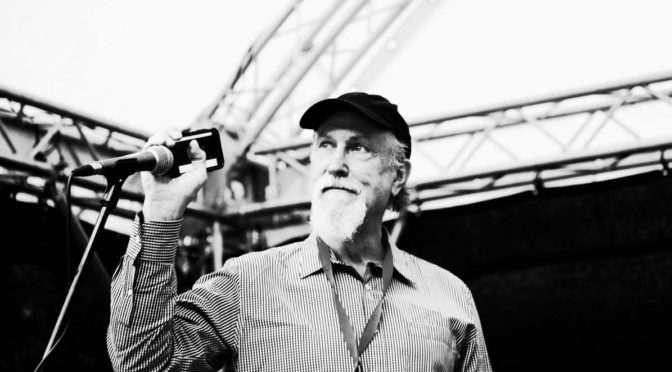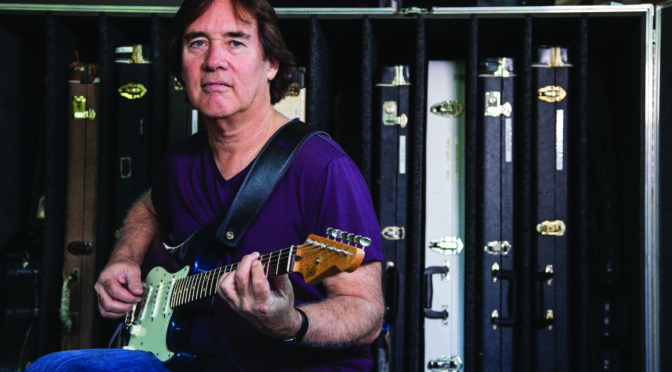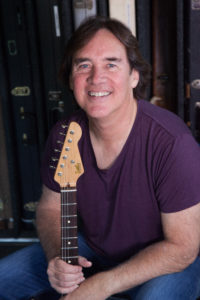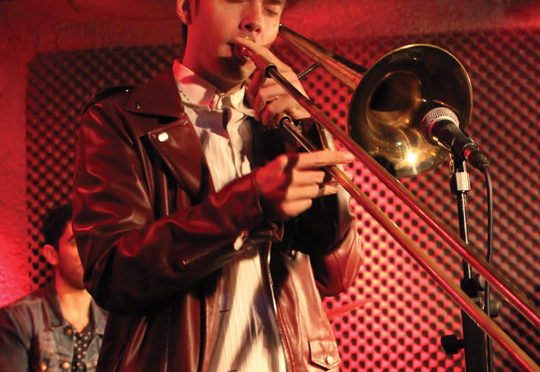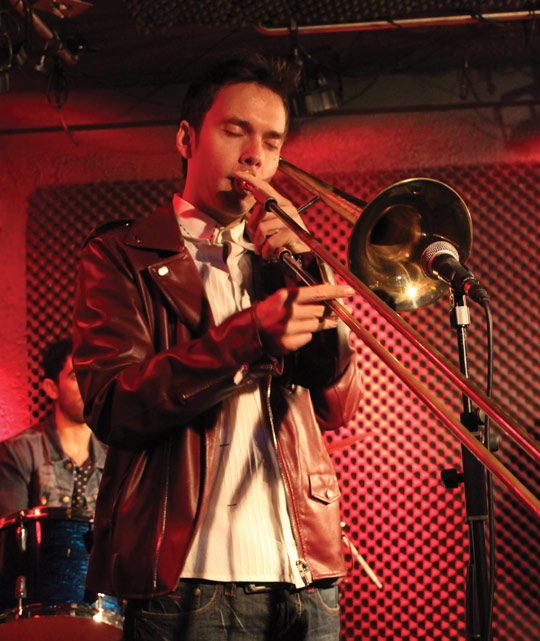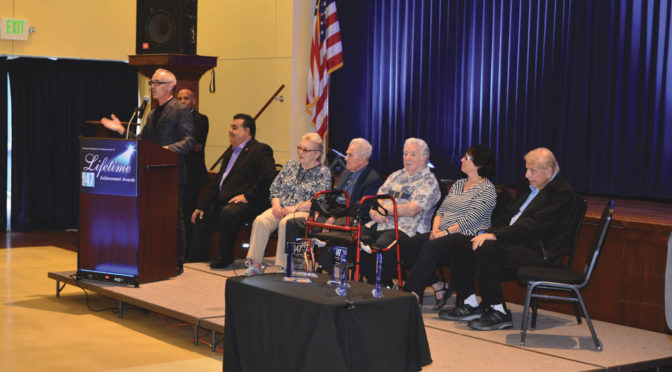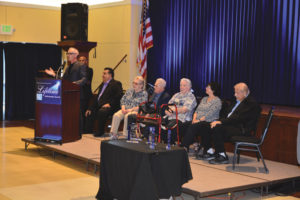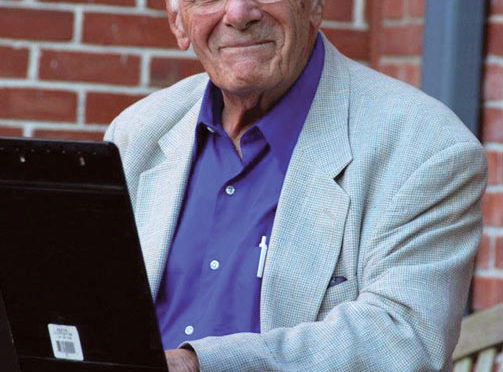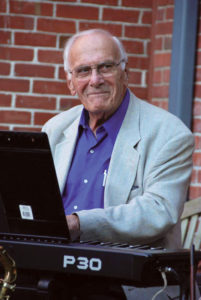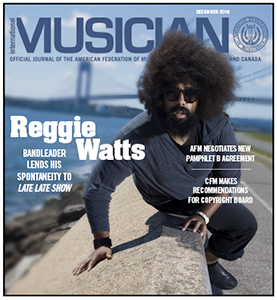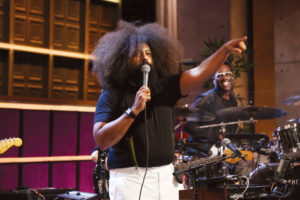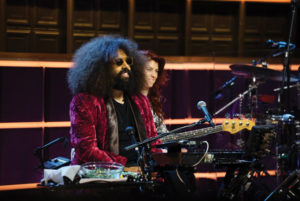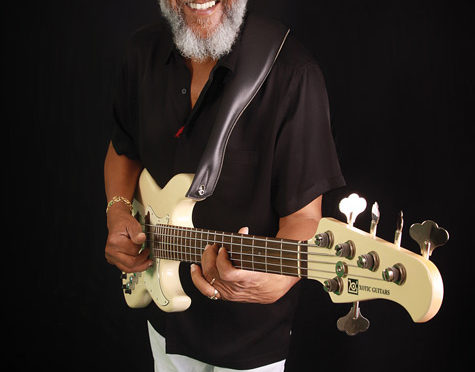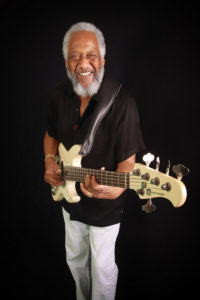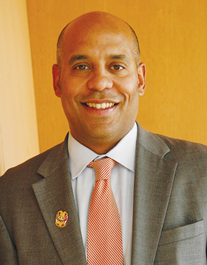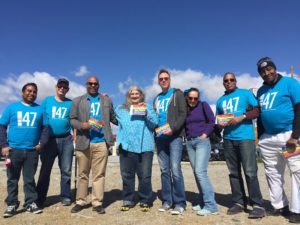Now is the right time to become an American Federation of Musicians member. From ragtime to rap, from the early phonograph to today's digital recordings, the AFM has been there for its members. And now there are more benefits available to AFM members than ever before, including a multi-million dollar pension fund, excellent contract protection, instrument and travelers insurance, work referral programs and access to licensed booking agents to keep you working.
As an AFM member, you are part of a membership of more than 80,000 musicians. Experience has proven that collective activity on behalf of individuals with similar interests is the most effective way to achieve a goal. The AFM can negotiate agreements and administer contracts, procure valuable benefits and achieve legislative goals. A single musician has no such power.
The AFM has a proud history of managing change rather than being victimized by it. We find strength in adversity, and when the going gets tough, we get creative - all on your behalf.
Like the industry, the AFM is also changing and evolving, and its policies and programs will move in new directions dictated by its members. As a member, you will determine these directions through your interest and involvement. Your membership card will be your key to participation in governing your union, keeping it responsive to your needs and enabling it to serve you better. To become a member now, visit www.afm.org/join.
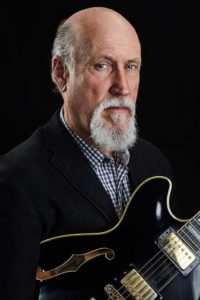 At age 66 this month and 40 years in, John Scofield is at the prime of his career. A major guitarist in the jazz scene since the 1970s, “Sco” is one of the most prolific jazz geniuses, in a perpetual cycle of recording and touring. In 2016, he received his first Grammy award for the album Past Present, and two more followed in 2017 for Country for Old Men. He’s been nominated a total of nine times and almost constantly has several projects in the works. “I haven’t had a lot of dead air time,” he says.
At age 66 this month and 40 years in, John Scofield is at the prime of his career. A major guitarist in the jazz scene since the 1970s, “Sco” is one of the most prolific jazz geniuses, in a perpetual cycle of recording and touring. In 2016, he received his first Grammy award for the album Past Present, and two more followed in 2017 for Country for Old Men. He’s been nominated a total of nine times and almost constantly has several projects in the works. “I haven’t had a lot of dead air time,” he says.